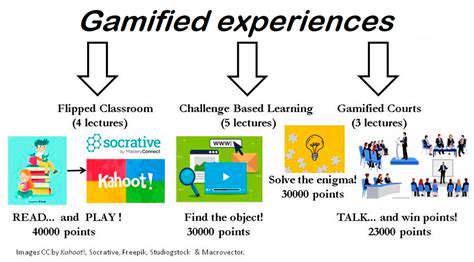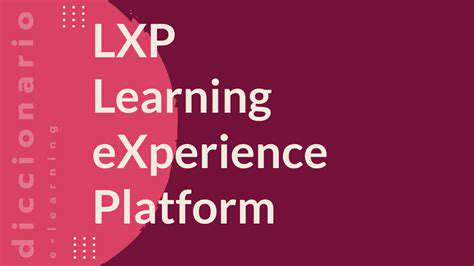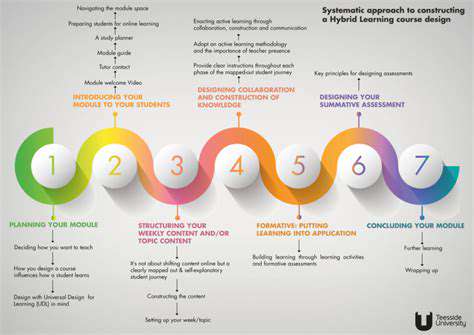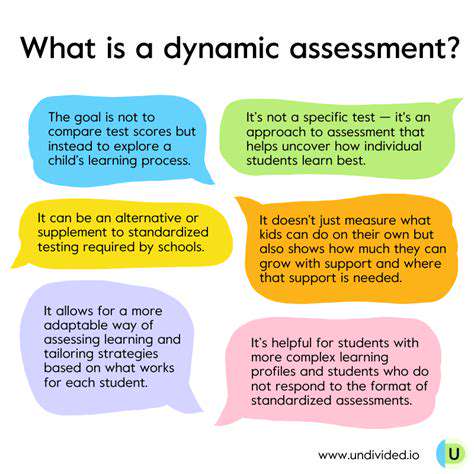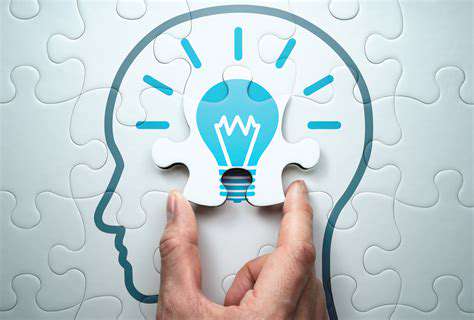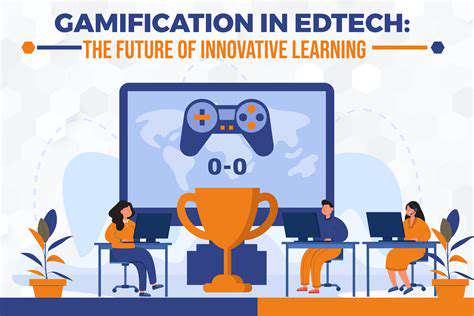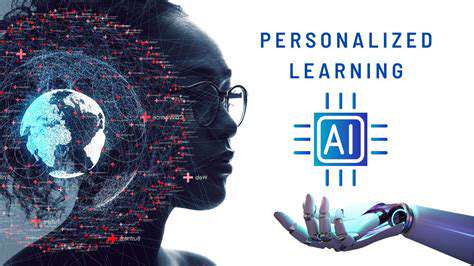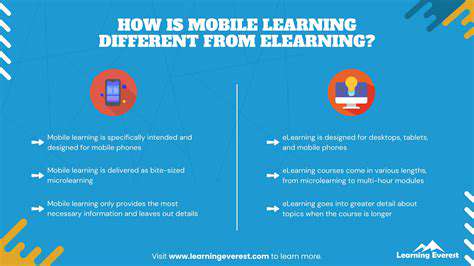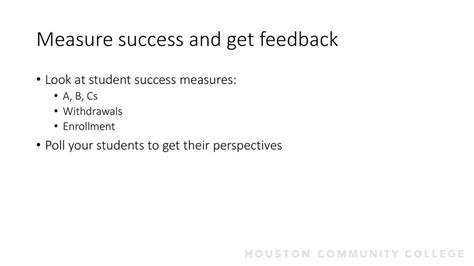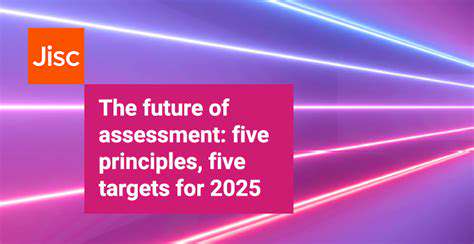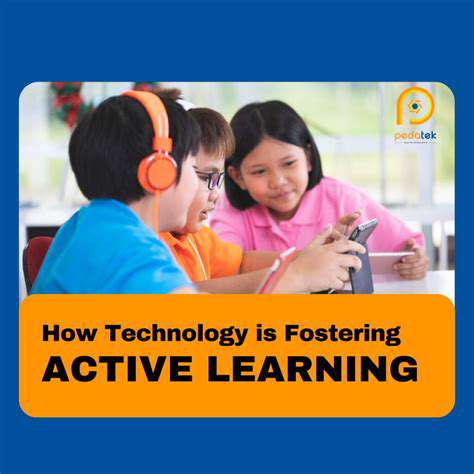Personalized Learning vs Differentiated Instruction: What's the Difference?

Understanding Differentiated Instruction
Differentiated instruction is a teaching approach that acknowledges and responds to the diverse learning needs of students within a classroom. It's a dynamic process that involves adapting teaching methods, materials, and assessments to cater to individual learning styles, paces, and readiness levels. By tailoring instruction to meet these varying needs, teachers create a more inclusive and engaging learning environment for all students, fostering their growth and development.
A key aspect of differentiated instruction is recognizing that students learn in different ways. Some students may excel in visual learning, while others might thrive through hands-on activities or auditory experiences. Differentiating instruction allows teachers to provide a variety of learning experiences, enabling students to connect with the material in ways that resonate most effectively with their individual strengths.
Methods for Differentiation
Implementing differentiated instruction requires a range of strategies. Teachers might employ varied instructional methods, including project-based learning, group work, independent study, and technology-enhanced activities. These varied approaches offer students opportunities to engage with the material in a manner that suits their learning preferences.
Differentiation also involves adjusting the level of challenge and support offered to students. This may involve providing tiered assignments with varying degrees of complexity, offering different levels of scaffolding for struggling learners, or providing enrichment activities for advanced learners. These adjustments can create a supportive learning environment in which all students feel challenged and empowered.
Assessing Learning Outcomes
Effectively differentiating instruction necessitates ongoing assessment of student progress. Teachers need to regularly gauge student understanding and adjust their instruction accordingly. Formative assessments provide valuable data to inform instructional decisions and ensure that students are receiving the appropriate level of support and challenge.
Regular formative assessments provide crucial insights into student needs. They allow teachers to identify areas where students are struggling and adjust their instruction accordingly. This responsive approach helps students stay engaged and on track with their learning goals.
Considerations for Implementation
Implementing differentiated instruction effectively requires careful planning and preparation. Teachers need to thoughtfully consider their students' diverse learning needs and tailor their instruction accordingly. This involves analyzing student strengths, weaknesses, and learning styles to create a personalized learning experience for each individual.
A key factor in successful implementation is teacher flexibility and willingness to adapt their approach. Differentiating instruction isn't a one-size-fits-all solution. Teachers need to be prepared to adjust their plans based on student responses and needs, creating a dynamic and engaging learning environment for all learners. This requires ongoing reflection and a commitment to continuous improvement.
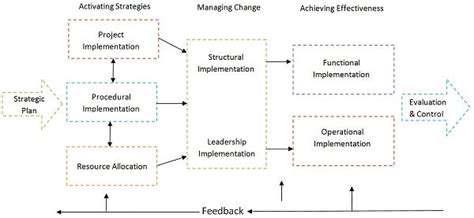
Temperature variations significantly impact electric vehicle (EV) range. Higher temperatures lead to increased energy consumption due to the increased cooling demands of the battery management system. This is because the battery's internal chemistry operates more efficiently within a specific temperature range. Extreme heat can also cause the battery to degrade over time, further reducing range. Conversely, cold weather necessitates additional energy for heating the battery pack, which also diminishes range and potentially affects the battery's life cycle.
The Interplay Between Personalized Learning and Differentiated Instruction
Personalized Learning and the Foundation of Differentiated Instruction
Personalized learning, at its core, acknowledges the unique needs, strengths, and learning styles of each student. This individualized approach is fundamentally linked to differentiated instruction, which recognizes that learners don't all absorb information in the same way or at the same pace. By understanding the diverse learning profiles of students, educators can tailor their instructional strategies to foster deeper understanding and engagement.
Differentiating instruction is not about creating separate classes or curricula for different learners. Instead, it's about adapting the teaching methods, materials, and assessments to meet the individual needs of each student within the same learning environment. This approach empowers teachers to create a dynamic classroom where students can learn at their optimal pace and in ways that resonate with them.
Tailoring Content and Activities to Diverse Learning Styles
A key component of personalized learning and differentiated instruction is tailoring content and activities to diverse learning styles. Recognizing that some students thrive on visual learning, while others excel with hands-on activities or auditory experiences, teachers can provide a variety of learning opportunities. This might involve using multimedia resources, incorporating group projects, or providing opportunities for students to explain concepts in their own words.
Adapting Instruction Based on Student Progress and Needs
The effective implementation of personalized learning hinges on ongoing assessment of student progress. Teachers must regularly monitor student understanding and adjust their instruction accordingly. This continuous cycle of assessment and adaptation ensures that each student receives the support they need to succeed, whether it's extra help in a specific area or a challenge to further develop their skills. This flexibility is crucial for fostering a supportive and engaging learning environment.
Utilizing Technology to Enhance Personalized Learning Experiences
Technology plays a significant role in enhancing personalized learning and differentiated instruction. Educational software and online platforms can provide customized learning paths, adaptive assessments, and personalized feedback. These tools allow educators to track student progress effectively and tailor instruction to meet specific learning needs in real-time. Moreover, digital resources can expose students to a wider range of learning materials and perspectives.
Creating Opportunities for Student Choice and Agency
Personalized learning empowers students by giving them a voice in their learning journey. Offering choices in activities, projects, and learning materials fosters a sense of ownership and motivation. Students are more likely to be engaged and invested in their learning when they feel a sense of agency and control over their educational experience. This approach fosters a growth mindset and encourages independent learning.
Developing a Supportive and Collaborative Learning Environment
A supportive learning environment is essential for both personalized learning and differentiated instruction to flourish. This involves fostering a classroom culture of respect, collaboration, and mutual support. When students feel safe to take risks, ask questions, and share their ideas, they are more likely to embrace challenges and achieve their full potential. Creating a community of learners who encourage and support each other is key to maximizing learning outcomes.
Measuring the Impact and Effectiveness of Personalized Learning Approaches
Evaluating the impact of personalized learning and differentiated instruction requires careful consideration of various metrics. Educators must gather data on student progress, engagement, and achievement. This data can provide valuable insights into the effectiveness of specific strategies and inform further adjustments to improve outcomes. Implementing robust assessment strategies to measure student growth and understanding is crucial for continuous improvement.
Beyond the Classroom: The Impact of Technology
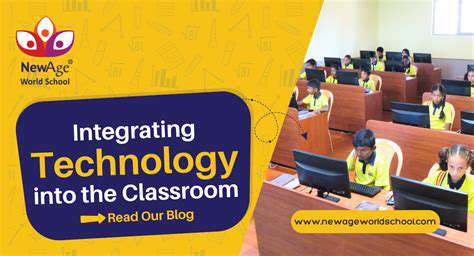
Beyond the Classroom: Exploring Extracurricular Activities
Extracurricular activities play a crucial role in shaping a student's holistic development. They provide opportunities for students to explore their interests, develop essential skills, and build valuable relationships outside the structured environment of the classroom. These experiences often lead to increased self-confidence and a more well-rounded perspective.
From sports and clubs to arts and volunteer work, extracurricular activities offer a diverse range of experiences that can enrich a student's life and prepare them for future challenges. Students can develop teamwork skills, leadership qualities, and time management abilities, all of which are vital for success in any field.
The Importance of Community Involvement
Engaging in community service projects allows students to gain a deeper understanding of their local community and its needs. These experiences provide a practical application of classroom learning and foster a sense of social responsibility. Contributing to the betterment of the community cultivates empathy and strengthens a student's sense of belonging.
Volunteering, participating in local events, or assisting with community projects can provide valuable insights into different perspectives and challenges faced by others.
Developing Essential Soft Skills
Extracurricular activities are powerful tools for developing essential soft skills, such as communication, teamwork, and problem-solving. These skills are highly valued by employers and are critical for success in any career path. Through participation in clubs, sports teams, or other activities, students learn to collaborate effectively with others, communicate their ideas clearly, and handle challenges constructively.
Nurturing Creativity and Innovation
Arts-based extracurricular activities, such as music, drama, or visual arts, provide a unique platform for nurturing creativity and innovation. These activities allow students to express themselves, explore their talents, and develop their artistic skills. Exposure to diverse artistic expressions can broaden their horizons and foster a deeper appreciation for creativity.
Building Character and Resilience
Challenges faced in extracurricular activities, whether in sports, debate, or other pursuits, are invaluable opportunities to build character and resilience. Overcoming obstacles, learning from mistakes, and persevering through setbacks are vital life skills that can be developed through these experiences. These experiences teach students the importance of perseverance and adaptability.
Enhancing Leadership Qualities
Leadership roles within extracurricular activities provide excellent opportunities for students to hone their leadership skills. Whether it's organizing events, motivating teammates, or taking on responsibilities, these experiences build confidence and provide valuable leadership insights. Developing leadership skills is crucial for future success, both in personal and professional spheres.
Promoting Personal Growth
Participating in extracurricular activities fosters a sense of belonging and encourages personal growth. Connecting with like-minded individuals, experiencing new challenges, and pushing personal boundaries are all integral parts of the process. This holistic approach to learning extends beyond academic knowledge, shaping students into well-rounded individuals. The positive reinforcement and support received often provide strong encouragement to pursue interests and overcome personal limitations.
Read more about Personalized Learning vs Differentiated Instruction: What's the Difference?
Hot Recommendations
- The Gamified Parent Teacher Conference: Engaging Stakeholders
- Gamification in Education: Making Learning Irresistibly Fun
- The Future of School Libraries: AI for Personalized Recommendations
- EdTech and the Future of Creative Industries
- Empowering Student Choice: The Core of Personalized Learning
- Building Community in a Hybrid Learning Setting
- VR for Special Education: Tailored Immersive Experiences
- Measuring the True Value of EdTech: Beyond Adoption Rates
- Addressing Digital Divide in AI Educational Access
- Preparing the Workforce for AI Integration in Their Careers
